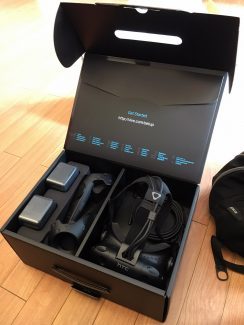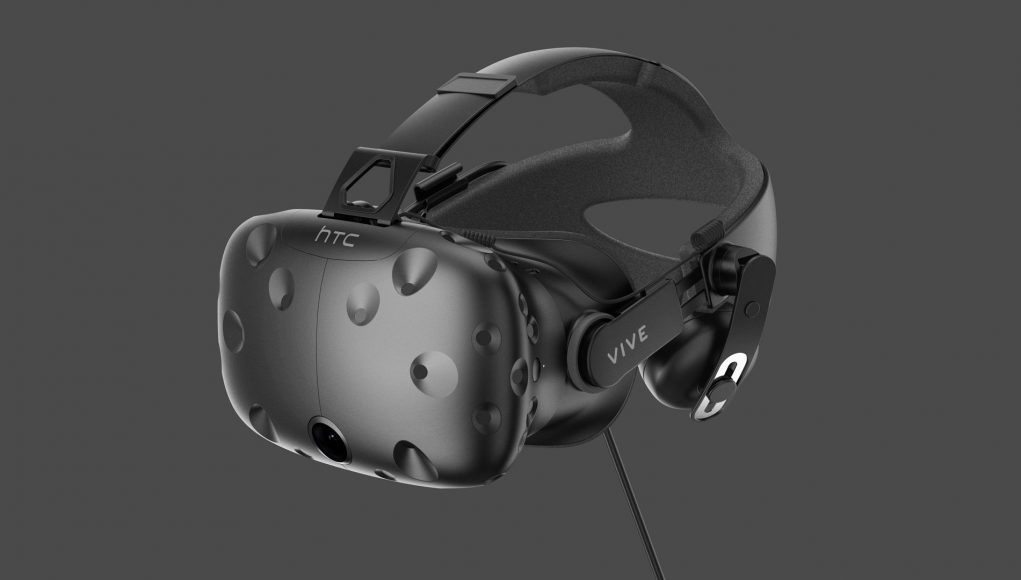In a recent interview, HTC Vive General Manager Daniel O’Brien provided a carefully-worded answer when asked specifically about a ‘Vive 2’. HTC’s current VR headset is now over year old; PC VR hardware cycles are anticipated to last somewhere between 1 and 3 years.
“We’re always continuing to listen to developers, what they think is the most beneficial next-generation improvements and that’s how we’re solving the next headset and when that will come to market”, O’Brien said in response to a question about when the company would introduce a second iteration of the headset, during an interview with Digital Trends.
“It’s not about picking a production cycle and timeline, it’s about bringing really meaningful innovation that helps the developer community to create compelling new experiences.”

The question followed a discussion about HTC’s strategy of gradually improving and upgrading the first-generation Vive hardware over time, where O’Brien categorised the lighter cable as a harmless mid-generation improvement (presumably the overall lighter weight and tweaked Base Stations would meet this description too). He considers this to be far less significant than something like a display change.
“When it comes to major jumps like resolution, that’s new-new products,” said O’Brien.
However, optional VIve upgrades are growing in number, adding highly-desirable features that consumers might expect from the second generation of hardware. A wireless solution, rigid headstrap with integrated audio, additional tracking devices, and even eye tracking and corrective lenses are all becoming available for the first generation Vive, which can add several hundred dollars to the price. It supports the notion that the Business Edition and consumer versions of the Vive are about to increasingly diverge; it was recently confirmed that new purchases of the Business Edition will come with the Deluxe Audio Strap, and certainly TPCast’s wireless solution and 7invensun’s new eye-tracking modules will attract the less price-sensitive business market.
O’Brien also acknowledged the significance of wireless, and depending on how you interpret his comment, might be hinting that the next Vive could arrive in 2018. “TPCast is actually a Vive X company that we invested in and we’re helping them come to market. That is an add-on. In 2017 I feel like wireless is going to be an option for consumers. Later on in 2018, wireless will be an expected feature.”







